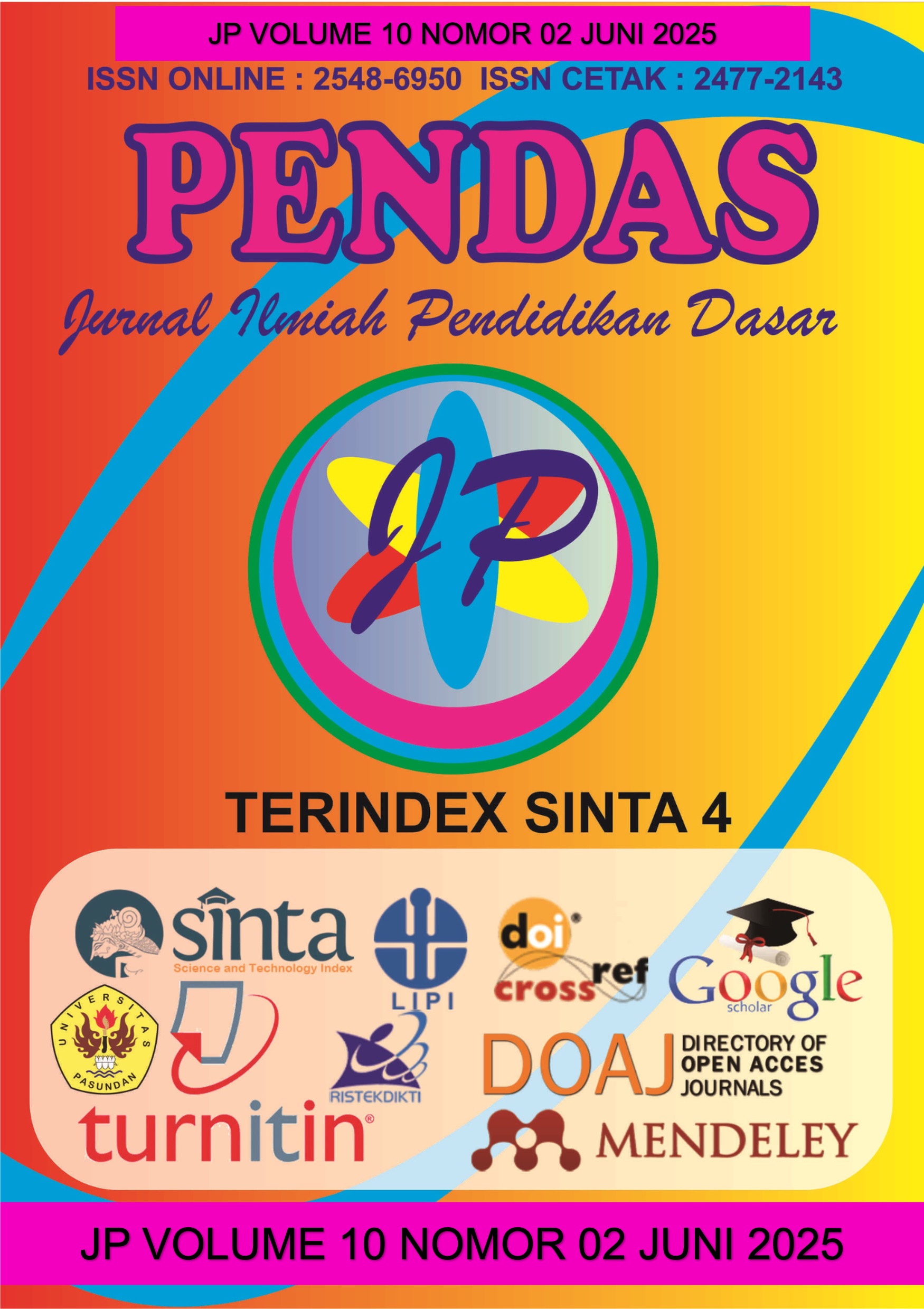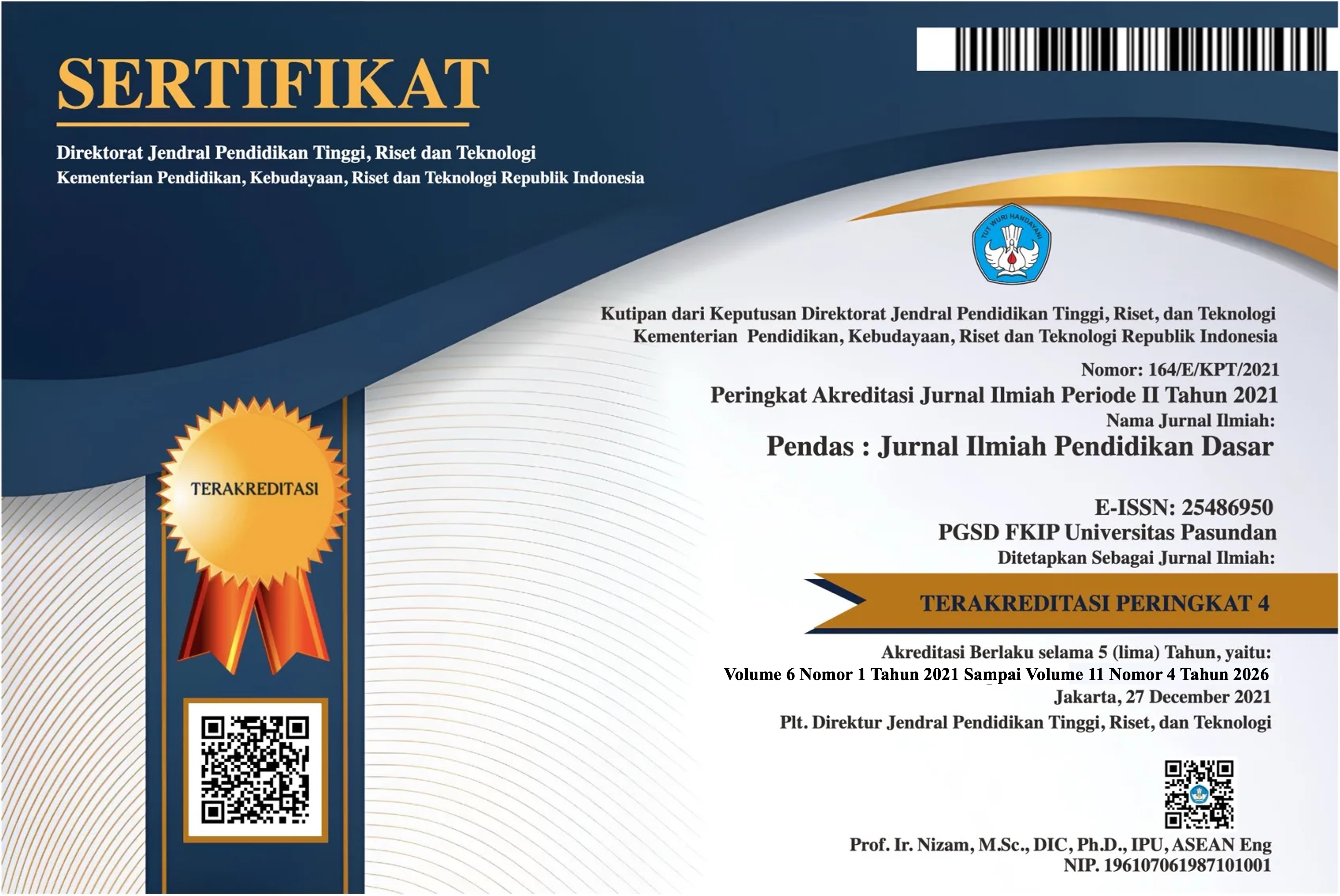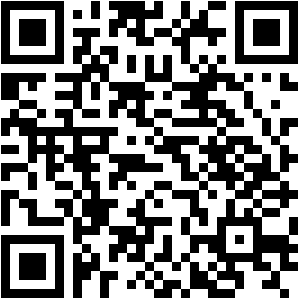EFEKTIVITAS PENGGUNAAN VIDEO ANIMASI TERHADAP PENGETAHUAN PENCEGAHAN PELECEHAN SEKSUAL PADA ANAK USIA 5-6 TAHUN DI TK KEMALA BHAYANGKARI 29
DOI:
https://doi.org/10.23969/jp.v10i02.27163Keywords:
animated video, child sexual abuse prevention knowledgeAbstract
This research is based on the results of researchers' observations in the field which show that knowledge of preventing child sexual abuse has not developed optimally. This study aims to determine the effectiveness of using animated videos on knowledge of preventing sexual harassment in children aged 5-6 years at Kemala Bhayangkari Kindergarten 29. This study uses the Pre-Experimental Design method with the form of One Group Pretest-Posttest Design. The sample in this study was 20 children with nonprobability sampling technique and purposive sampling technique. The data collection technique was carried out using the participatory observation method. In this study, the researcher used an observation sheet as a research instrument that had been validated. The data analysis technique used in this study uses the normality test, homogeneity test, and hypothesis testing. Based on the discussion of the research results that have been carried out, It was concluded that there was effectiveness in using animated videos on knowledge of preventing sexual harassment in children aged 5-6 years at Kemala Bhayangkari 29 Kindergarten. This can be proven by testing the t-test hypothesis that the calculated t (33.64) > t table (2.093) then Ha is accepted and Ho is rejected, which means that there is a significant influence of the use of animated videos on understanding the prevention of child sexual abuse. Based on the results of the research and discussion, it was concluded that the use of animated videos has an influence and is effective in increasing knowledge of preventing sexual harassment in children aged 5-6 years at Kemala Bhayangkari 29 Kindergarten.
Downloads
References
Kristanto, Andi. 2016. Media Pembelajaran. Surabaya: Bintang Surabaya.
Nawita, M. 2013. Bunda, Seks itu Apa? : Bagaimana Menjelaskan Seks pada Anak. Bandung: Yrama Widya.
Sugiyono, (2022), Metode Penelitian Kuantitatif, Kualitatif dan R&D. Penerbit Alfabeta Bandung.
Anggraini, T., Riswandi, & Sofia, A. (2017). Pendidikan Seksual Anak Usia Dini : Aku dan Diriku. Jurnal Pendidikan Anak, 3(2), 1–14.
Oresti, S., & Diwenia, P. (2024). Efektivitas Penggunaan Video Animasi Terhadap Pencegahan Sexual Abuse pada Anak di SDN Simpang Haru Kota Padang. Jik Jurnal Ilmu Kesehatan, 8(1), 117.
Nurafifah, Firman, Mirnawati, La Fua, J., & Yusuf, M. (2022). Penggunaan Video Animasi dalam Pembelajaran Online Di Masa Pandemi di Sekolah Dasar. Didaktika: Jurnal Kependidikan, 11(2), 57–66.
Pohan, M. N., & Hidayani, S. (2020). Tinjauan Hukum pada Tindak Pidana Melakukan Persetubuhan Terhadap Anak Dari Undang-Undang Nomor 35 Tahun 2014. Journal of Education, Humaniora and Social Sciences (JEHSS), 3(2), 377–385.
Pratiwi, E., Andeka, W., Sumaryono, D., Ismiati, I., & Patroni, R. (2020). Efektivitas Promosi Kesehatan Dengan Media Video Animasi Terhadap Pengetahuan Dan Sikap Tentang Pencegahan Kekerasan Seksual Pada Anak Di Sd Negeri 5 Kota Bengkulu (Doctoral dissertation, Poltekkes Kemenkes Bengkulu).
Purba, S., Farida, N., & Ningsih, R. W. (2021). Penerapan Media Audio Visual Terhadap Peningkatan Kemampuan Mengenal Huruf Pada Anak Usia 4-5 Tahun. Jurnal Abdimas Mutiara, 2(2), 537-553.
Rahmawati, S. N. L. (2021). Pelaksanaan pendidikan seks anak usia dini sebagai upaya pencegahan kekerasan seksual di TK se-Kecamatan Lawokwaru (Doctoral dissertation, Universitas Islam Negeri Maulana Malik Ibrahim).
Watini, S. (2019). Implementasi Model Pembelajaran Sentra pada TK Labschool STAI Bani Saleh Bekasi. Jurnal Obsesi : Jurnal Pendidikan Anak Usia Dini, 4(1), 110.
Downloads
Published
Issue
Section
License
Copyright (c) 2025 Pendas : Jurnal Ilmiah Pendidikan Dasar

This work is licensed under a Creative Commons Attribution 4.0 International License.



















